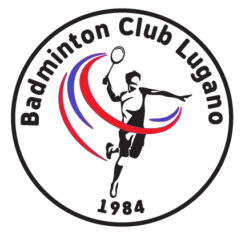From shuttlecock to badminton
The game was originally played in India. It was the English military who began to spread the sport in Europe in the middle of the last century. The event that gave badminton its name occurred in 1873. Some soldiers, friends of the Duke of Badminton (Gloucester Shire), settled in his residence and introduced the game using champagne corks as shuttlecocks, rudimentary rackets, and a rope instead of a net. Badminton, like rugby, takes its name from the town where it was born.
Today, badminton is played in a gym, on a court 13.40 meters long and 5.20 meters wide for singles matches and 6.10 meters wide for doubles matches. The net is 75 cm high and positioned 1.55 meters from the ground. The shuttlecock, very light, is a cone made of a sort of hemispherical cork and 14-16 rooster, duck, or goose feathers. The racket weighs 80-90 grams, is 68 cm long, and 23 cm wide at the center. It costs between 50 and 300 francs depending on the material it is made of (graphite, carbon, aluminum, Klevar, ceramic). The string tension is 10-13 kg.
The objective of the game is to place the shuttlecock on the opponent’s court so that it falls to the ground. Matches are played in singles or doubles, for men, women, or mixed. Matches are measured not by time but by points. Each set must reach 21 points. The winner is the player who wins two sets out of a maximum of three. In a tie (21/21), a two-point advantage is required, with a limit of 30 points.
Badminton has been a popular Olympic sport since 1992.
